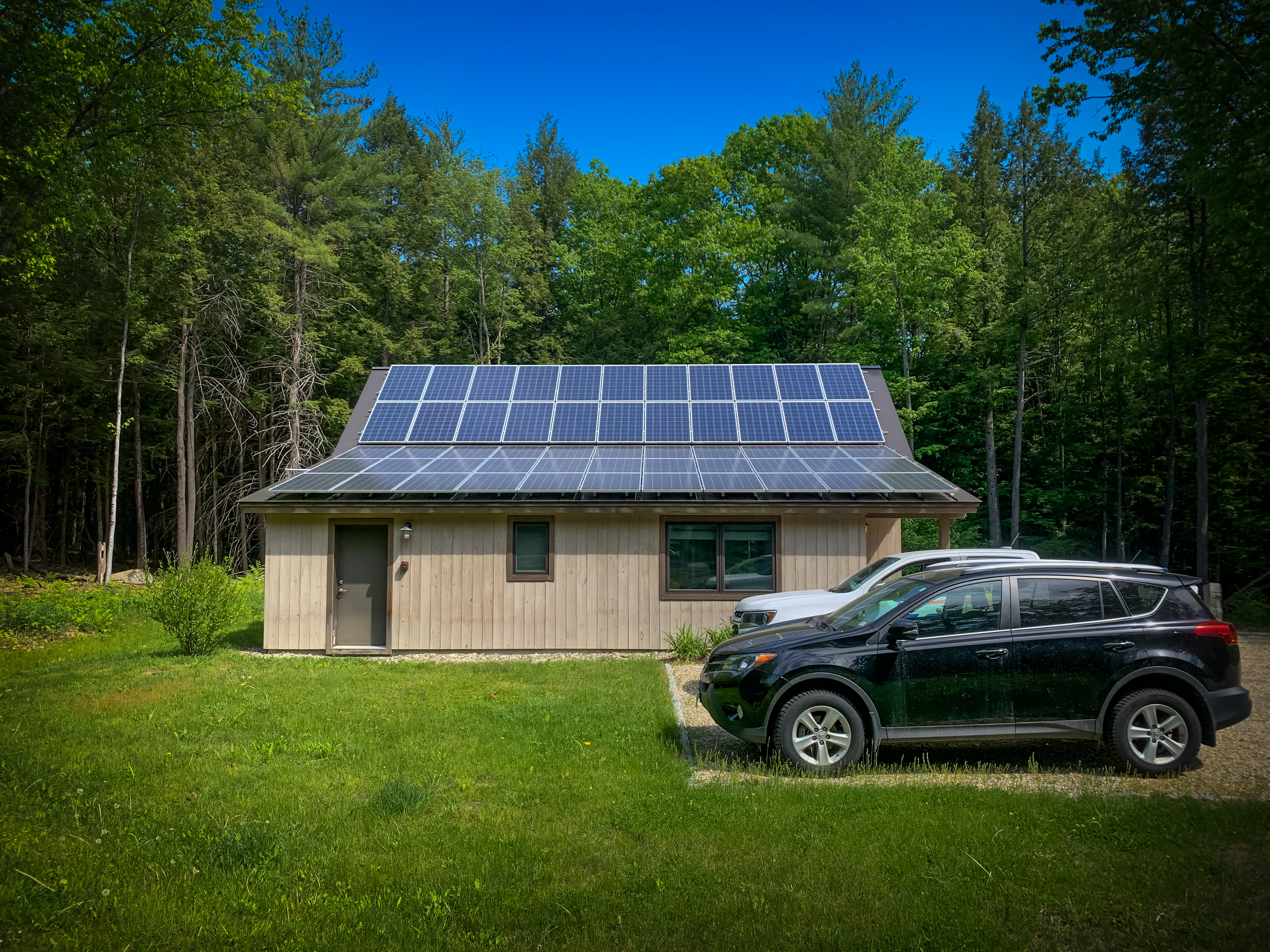We break down the most recent incentives.

On August 16, 2022, the Inflation Recovery Act (IRA) was signed into law, with a big renewable energy component. The IRA aims to reduce our country’s greenhouse gas emissions by 40% by 2030. How? By making renewable energy accessible to more Americans. Below we have outlined all the important clean energy and electrification tax credits and rebates that we hope all of you will be able to take advantage of.
The ability to claim tax credits is dependent on your tax liability. As always, we recommend talking to your tax professional to determine which incentives you can take advantage of.
Solar Investment Tax Credit
The previous federal investment tax credit (ITC) was set to disappear in 2024, has been revitalized, and increased to 30% of the total installation cost for residential solar until December 31, 2032!
The original ITC will be increased from 26% to 30% for all projects installed before 2025. That means if your project was installed in 2022, you now qualify for the higher, 30% tax credit. After 2025, the tax credit will be referred to as Clean Energy Investment Tax Credit (CEITC). The CEITC will remain at 30% for all completed projects until 2032.
What does this mean? It’s great news for anyone who thought that solar was slipping away. Not the case anymore! Solar is a wonderful home improvement, but like any investment, you want to do your research and plan for it. With a consistent 30% federal tax incentive for the next 10 years, there is more than enough time to financially plan for and take advantage of the federal tax credit for solar.
Incentives for Battery Storage
Under the new ITC, there is a 30% tax credit for stand-alone battery storage, starting in 2023. Previously, battery storage could only be looped in with an existing tax credit for the total price of going solar. But now, stand-alone battery storage has its own individual 30% tax credit that does not need to be tied to a solar array.
Why this is great news: Solar isn’t a great fit for every home, but batteries—even without solar—are still valuable. They can provide energy backup without the need for noisy, gas-powered generators. And they can help clean up the grid. More distributed energy storage means that, during peak energy use events, utilities can avoid turning on dirty fossil fuel power plants.
Battery Backup for Solar Panels: What to Know
Energy Efficient Home Improvement Credit
Customers who go solar can get more out of their systems when they electrify more things in their homes—like switching from a gas stove or drier to an electric one. The good news: some of these upgrades (and more) may have their own incentives.
Starting in 2023, the credit will be equal to 30% of the costs for all eligible home improvements made during the year. Eligible home improvements include energy-efficient and energy-saving appliances, systems, and insulation upgrades.
There is a $1,200 annual limit on the credit amount and annual limits for specific types of qualifying improvements:
- $150 for home energy audits;
- $250 for an exterior door ($500 total for all exterior doors);
- $600 for exterior windows and skylights; central air conditioners; electric panels and certain related equipment; natural gas, propane, or oil water heaters; natural gas, propane, or oil furnaces or hot water boilers; and
Electric Vehicle Incentives
Included with incentives to electrify your home, the Inflation Reduction Act offers electric vehicle incentives. For individuals making less than $150,000 a year (or couples who make less than $300K a year), there will be a $7,500 credit for new EV purchases and a $4,000 credit for purchasing used EVs. There is a cap price requirement: $55,000 for sedans, hatchbacks, and wagons, and $80,000 for trucks, SUVs, and vans. To fully qualify, the electric vehicle must have a final assembly in the US. Additional requirements around the vehicle’s battery makeup and assembly start in 2023. The Department of Energy lists cars that may meet these requirements here.
With electric rates increasing, going solar would be a great opportunity to lock in a consistent monthly rate for all of your electric needs, including charging your new electric vehicle!
(And yes! GSS installs electric vehicle chargers for customers going solar with us!)
Solar Production Tax Credit
The IRA also extends the PTC to include solar arrays and gives solar customers the option to claim either (but not both!) the ITC or PTC. The main distinction, the ITC can only be claimed once for the total price of your solar array versus the PTC which can be claimed each year based on the amount of kWh produced by your system. The PTC will extend 10 more years at a rate of 1.5cent/kWh, starting after Dec. 31st, 2022. Just like the conversion of the ITC into the CEITC, the PTC will be referred to as the Clean Energy Production Tax credit starting in 2025. Similarly, the CEPTC will be nearly identical to the original PTC, except for one clause which will allow the rate to be adjusted for inflation during any given year. The CEPTC will extend until 2032.
Granite State Solar will always be available for any questions or concerns you may have regarding potential tax incentives and credits you may be able to receive based on the services and products we provide. We’ll remind you that we are solar experts, not tax experts. We always recommend talking to your accountant about how these incentives apply to you and how to claim them.
– Lilly Baron



